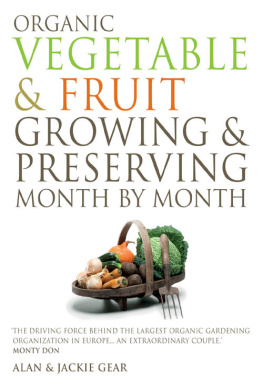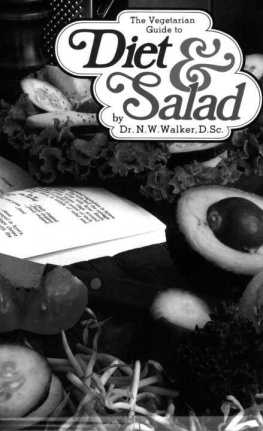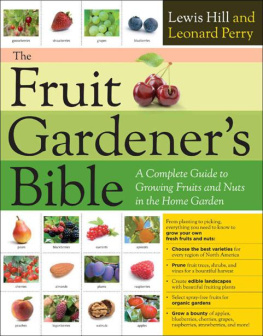Radleys and theChristchurch Fruit & Vegetable Markets
1900's Fruit andVegetable Merchants Golden Age
Robert RadleyPhD
Radleys and theChristchurch Fruit & Vegetable Markets
Copyright 2012 byRobert Radley PhD (Marketing)
SmashwordsEdition
All rightsreserved. No part of this book may be reproduced ortransmitted
in any form or by any means without written permission of theauthor.
Dedicated to the memory of
Herbert (Bert) Radley1901-1975
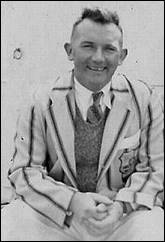

1936 1971
And the wonderful grower, buyer, market and transportcharacters
who populated the fruit and vegetable industry of the 1900s
Table of Contents
Foreword
The heyday yearsbefore the supermarket and free market induced melt down of theearly 1970s
Radley Bros andthe other three main Christchurch wholesale fruit and vegetablemarkets typified these businesses in New Zealand.
Through early lastcentury until the clear signals of the demise of this style ofbusiness in the 1970s, the markets were a colourful businesswith their own unique character and trading style. They were andenjoyed by thousands of people in the trade and numerous casualcustomers just experiencing their own contacts with themarkets.
The marketsthemselves hosted many personalities and this likewise applied tothe grower community and those who traded retail with theirpurchases from the market floors.
With the advent ofthe supermarket and the decimation of buyer numbers, mechanizationof goods handling, bulk packaging, and free trade demolishingexclusivity in imports, the markets institution, as it previouslyexisted became obsolete.
No more is therethe daily bustle of numerous growers and buyers, no more theraucous noise generated by a host of simultaneous auctions, and nomore is there the unique venue of the Christchurch fruit andvegetable markets of the 1900s.
So many wonderfulcharacters are now fading into obscurity.
Acknowledgements
Special thanksto:
BurroughsCorporation Office machine images.
Lauritzen Line Shipping images
Zwart Family, Nelson - Images
Chapter 2 - Early history of Radleys and theChristchurch Markets
Early career ofHerbert (Bert) Radley
Born in London in 1901Bert Radley was the son of Geoffrey Radley who had died in 1907.His mother Edith soon after becoming a widow migrated to NewZealand in 1909. She sailed on board the steamship SSRangitoto to Wellington along with her young family, eldest sonGeoffrey Squire, daughter Gertrude and youngest son HerbertEdward.
Edith ran a Wellingtonboarding house and the children contributed to the household asbest they could. From 9 year old Bert rose at 3.30 a.m. to delivernewspapers for 2/6 a week.
He started full timework at 14 when he became office boy with Wellington fruit andvegetable market Laery & Co, Blair Street, Courtney Place. Hebecame an auctioneers clerk when he was 17 (1918).
When he moved toChristchurch in the 1920s he left the industry for a time andtried his aptitude with a Cashel Street farm machinery firm namedIvorys only to find his heart was not in that business.
When he was 20 yearsof age Bert took up work with Christchurch firm Brown Little andCo. as an auctioneer. He also worked for a while with theCanterbury Orchardist's Co-op.
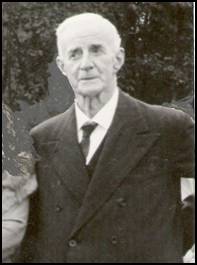
Doug Park of Park Davis & Co. early employer and mentor of BertRadley
In 1926, at 25years old, he was offered a position with produce market Park Davisand worked under the colourful Doug Park. The pay was a handsome7.10.0 a week, but good performance over 18 months saw thisincreased to 10.0.0 a week plus a small stake in the business.
Berts motherEdith, always a woman with a strong mind, soon encouraged Bert andhis accountant friend Harry Frampton, who also worked at ParkDavis, to save their money and start their own business. A periodof saving saw Bert with 300 and Harry with 150.
Being marriedHarry was not able to match Bert who was still single. However,Harry managed to borrow 150 from his war pension. He had fought inWWI and wounded in the Battle of the Somme.
Beginnings ofRadley Bros
With theircombined 550 capital, the two men founded Radley Frampton Limitedand for 7.10.0 a week, rented premises to start business as fruitand vegetable merchants.
They also boughtan old FN car (Fabrique Nationale d'Armes de Guerreautomobiles) which was fitted with gas carbide lights to dotheir canvassing for business support with growers and buyers. Thecar cost them 30.
It is amusing tonote a recollection of Bert of how when he was canvassing oneSaturday and traveling in the car with his girlfriend the carstalled at the intersection of Armagh and Colombo Streets. Onlyproblem was an approaching procession that included the Duke andDuchess of York. Bert cranked the machine furiously and only justmanaged to start it just in time before halting the procession.
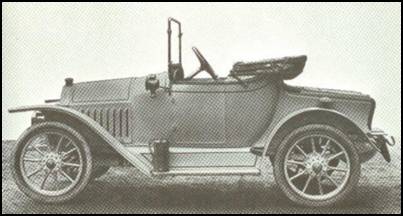
1914 FNRoadster
Similar to first business car bought in the late 1920s by the newmerchant firm of Radley Frampton.
Business was slowin its early days, but hard work by both partners soon saw theventure begin to prosper. In the beginning, the partners operatedby negotiated sales only, but buyers pressured for auctions andthus sales by auction commenced about 3 weeks after openingbusiness.
By early 1932Harry Frampton and Bert were experiencing some friction and it wasdecided to dissolve the partnership. In part, this friction mayhave been the incompatibility of Berts staunchness as a convertedCatholic and Harrys affiliation with Freemasonry.
Upon breaking theRadley Frampton connection Berts older brother Geoff took up thevacated interest of Harry Frampton. The company name changed toRadley Brothers Limited. This 25% interest transferred toauctioneer George Mortlock in the later 1930s.
Geoffrey did notstay in Christchurch very long and spent most of his career withhis very successful Auckland market named Radley & Co.
Echoes of similardisparities between Freemasons and Catholics were to be obviousthroughout Berts career. This of course was also a characteristicof the era, but amplified by numbers of individuals engaged in thetrade. It was subtlety manifested in seeming inexplicabledifficulties in securing some business. Handicap[s appeared instriking up amicable relationships with those who remained loyal totheir affiliations. This existed as regards some customers, growersand even amongst some of the merchants.
Despite theFreemasonry influences, Catholics in fact predominantly managed theChristchurch markets. Jack Murray and Jack Prendergast of ParkDavis, Terry McKendry of Macfarlanes, and Ron Dineen of marketGardeners were all Catholics. Bert Radley himself was a convertafter delving in a number of others creeds before cementing hischoice.
Amongst firstemployees of the new company were the following:
W. (Gill) Glass carrying contractor.
Gill was initiallythe only cartage contractor solely in the service of Radleys. Hewould attend to inward goods, these mainly in daily arrivals at theChristchurch railway yards and sheds. Later in the day he would beengaged in taking out of town dispatches from the market to therail for delivery onwards. Gill was with Radleys in his privatecontractor role through until the early 1960s. By that time themarket had increasing numbers of its own trucks.




